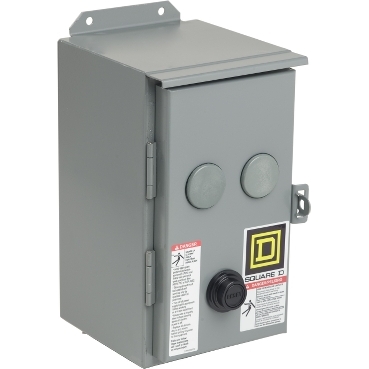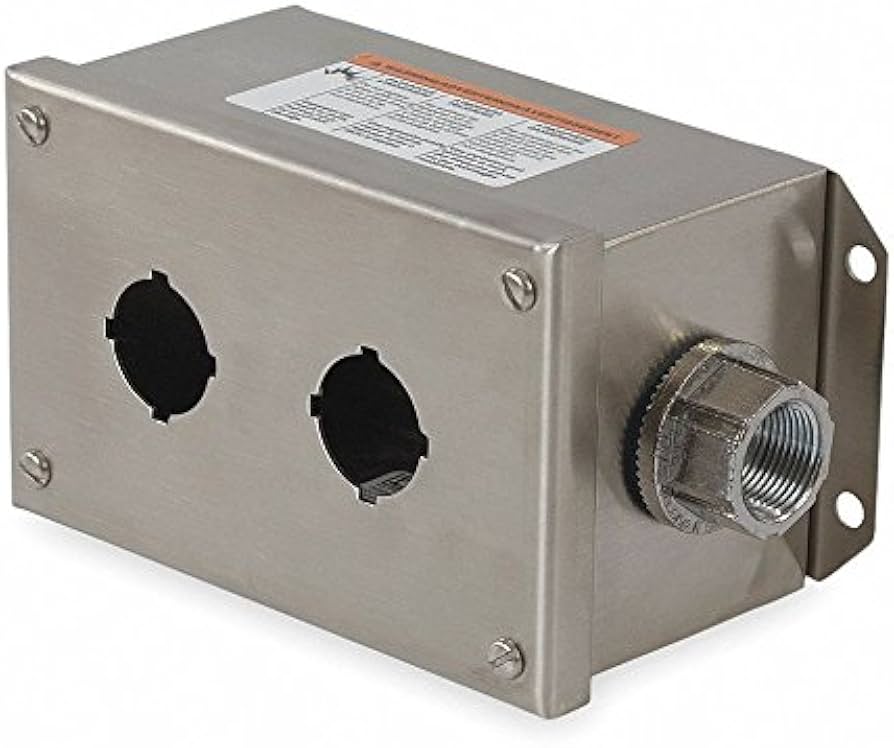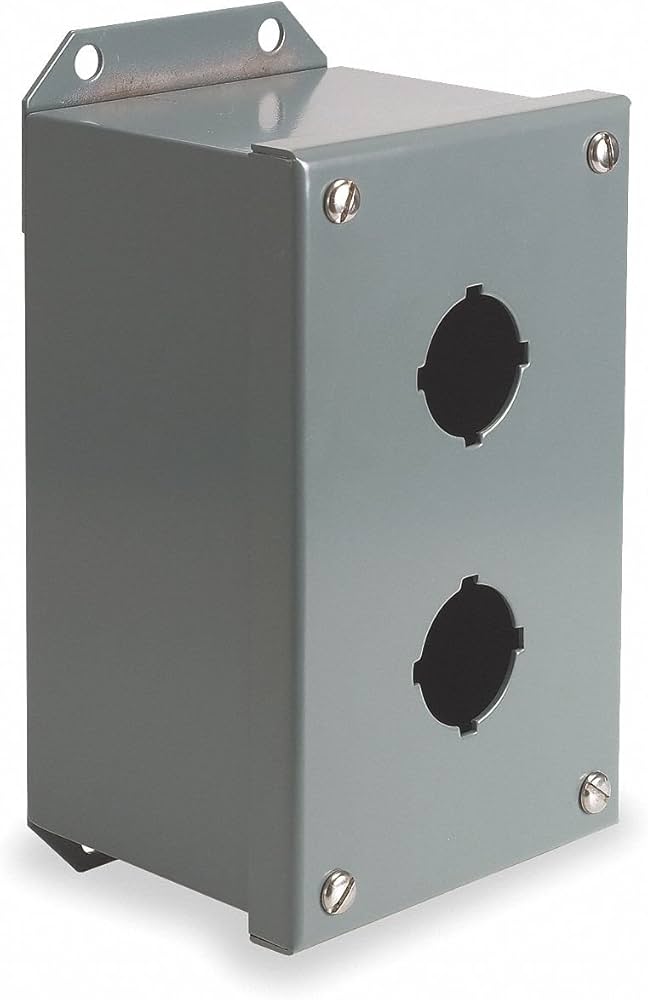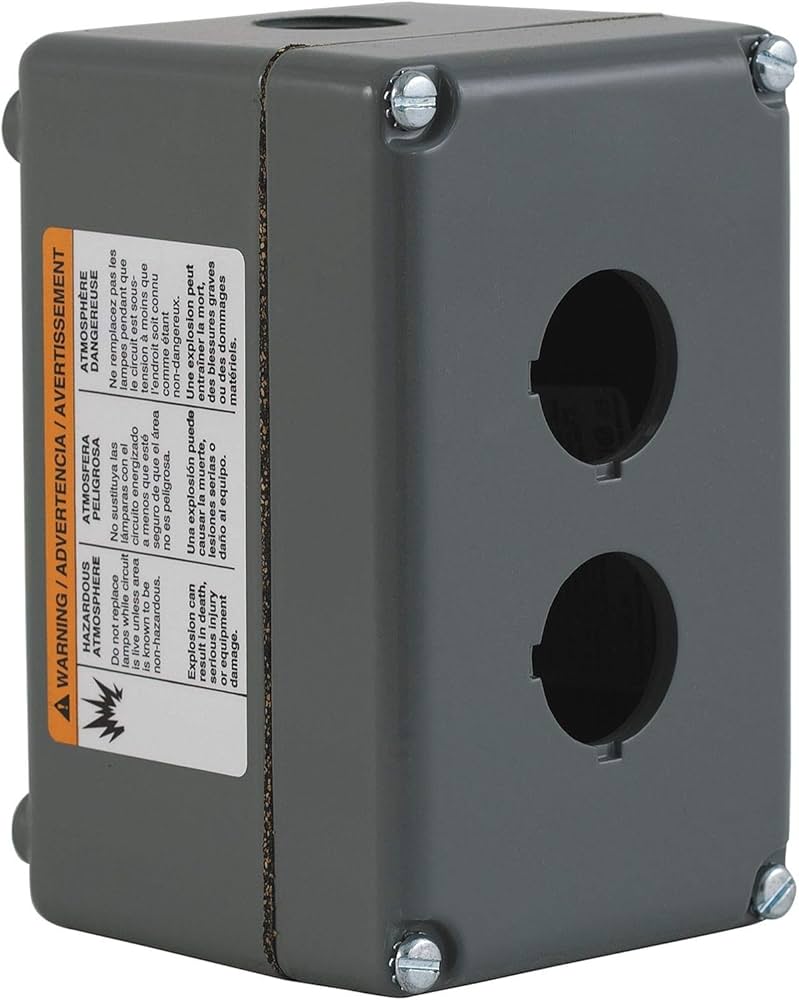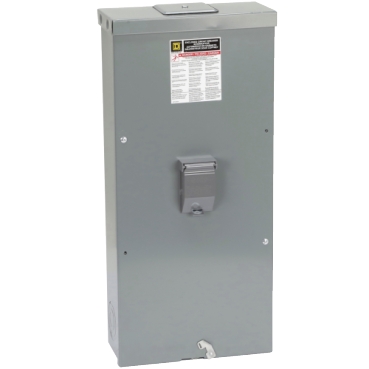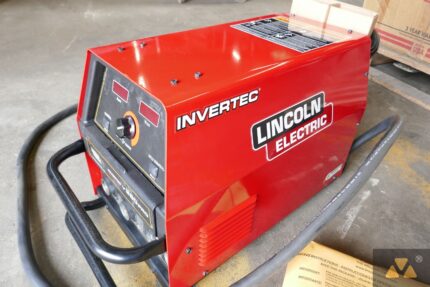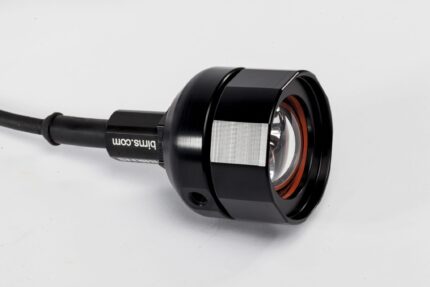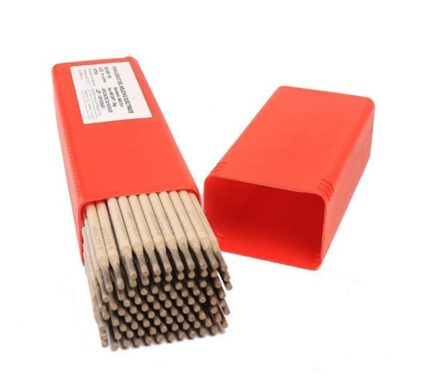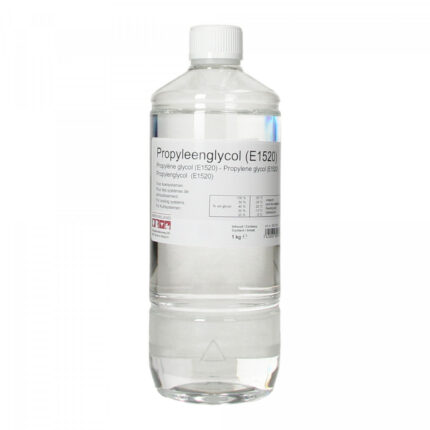Description
NEMA Housing and Enclosure Rating Information,
A user would like to know the different NEMA Housing and Enclosure Ratings and information about each rating.
NEMA housing and enclosures.
NEMA ratings
CLASS 1 GENERAL PURPOSE
For indoor use only; primarily utilized as protection against contact with the enclosed circuits. Commonly used on panel mounted recorded, meters, etc.CLASS 3 WEATHER RESISTANT
(also known as “Weatherproof”, “Splashproof”, “Sleetproof”) For outdoor use; protects enclosed components from wind-blown dust, rain, sleet and external icing.
This enclosure is usually inadequate for protecting modern electronic instrumentation.
CLASS 4 WATERTIGHT (also known as “Hoseproof”)
Similar to “3” above; but also passes the “Hose Test”, which is described as: a 1 inch nozzle, delivering 65 gpm of water, from a distance of 10 feet, from all directions, for a 5 minute time period, no water leak to the interior is allowed.
This enclosure is the one of choice for most general outdoor applications.
CLASS 4X WATERTIGHT
Same as “4” above; also constructed of corrosion resistant materials suitable for the corrosive conditions of the installed location. The generally preferred materials are polyester/glass, stainless steel, and epoxy coatings.
This enclosure is the “standard” for protecting today’s plant instrumentation.
CLASS 6 SUBMERSIBLE
Used for protection against temporary submergence to limited depths (a 15-foot spec is common). These enclosures should also be rated NEMA 4X for conditions at the installation site.
Typical uses are in manholes, quarries, mines, etc.
CLASS 7 EXPLOSIONPROOF (GASES)
DIVISION II is a location in which the flammables are contained and escape only during a system rupture.
GROUP A: acetylene
GROUP B: hydrogen, manufactured gas or equivalent
GROUP C: ethyl ether, ethylene, cyclopropane, or equivalent
GROUP D: gasoline, hexane, naphtha, butane, alcohol, acetone, lacquer solvents, natural gas, and equivalents. Commonly used by oil refineries, petrochemical plants and sewage treatment plants.
DIVISION II locations are where normal operations cannot put the dust into atmospheric suspension.
GROUP E: Metal dusts, electrically conductive, such as those of aluminum, magnesium, and their alloys.
GROUP F: Other dusts, electrically conductive, such as those of carbon black, coal, and coke.
GROUP G: Dusts such as those of grain, flour, and starch.
Intended for indoor use; provides protection against dust and dripping liquids; used in machine shops, etc.CLASS 13 INDUSTRIAL USE
Similar to “12” above, but also provides protection against spraying oil, water, coolant, etc. Used for enhanced protection of electronic instruments in manufacturing plants and similar environments.

